PRESENTATION
The Pillow Book : a poetical object for bedtime, that tells stories.
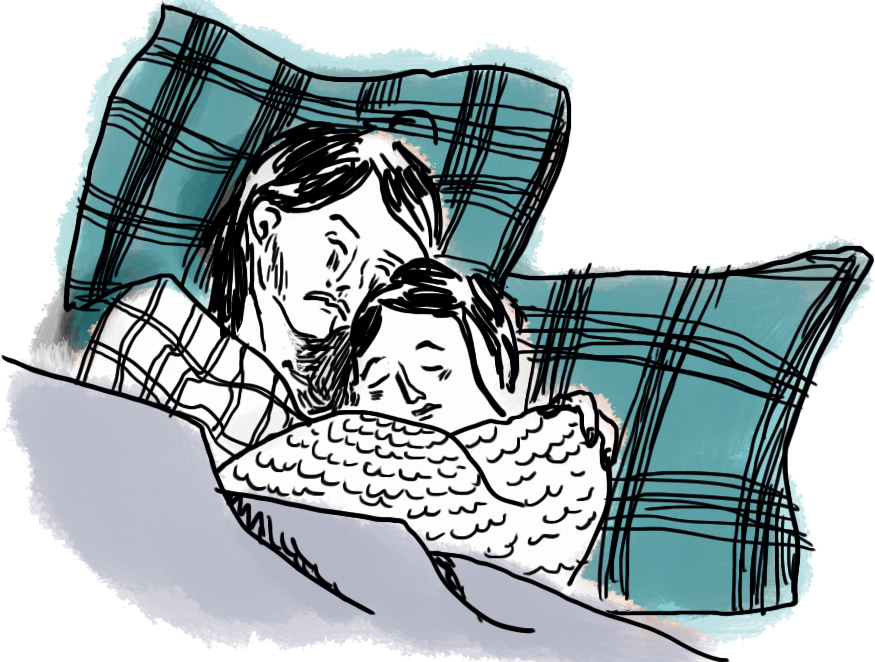
Hypnosis, mysteries, erotism, dreams, sounds and poetry, here it is the Pillow Book collection.
Lay your head on the Pillow Book
A voice tells you stories and takes you into dreams...
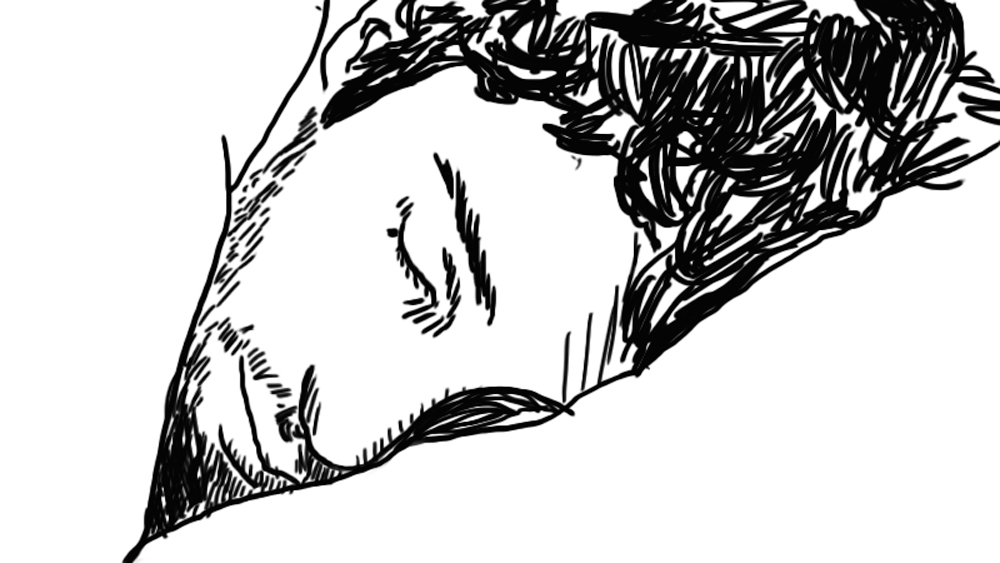
The voice wanes and you are not yet asleep?
Pat the side of the pillow and the story goes on...
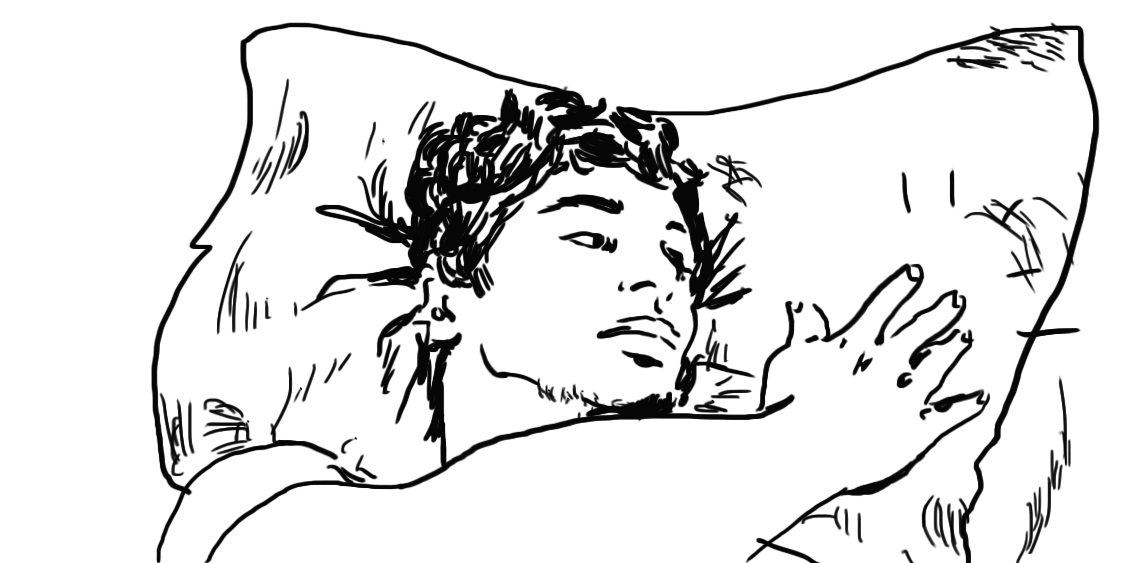
Surrender yourself to the oneiric experience of the Pillow Book...
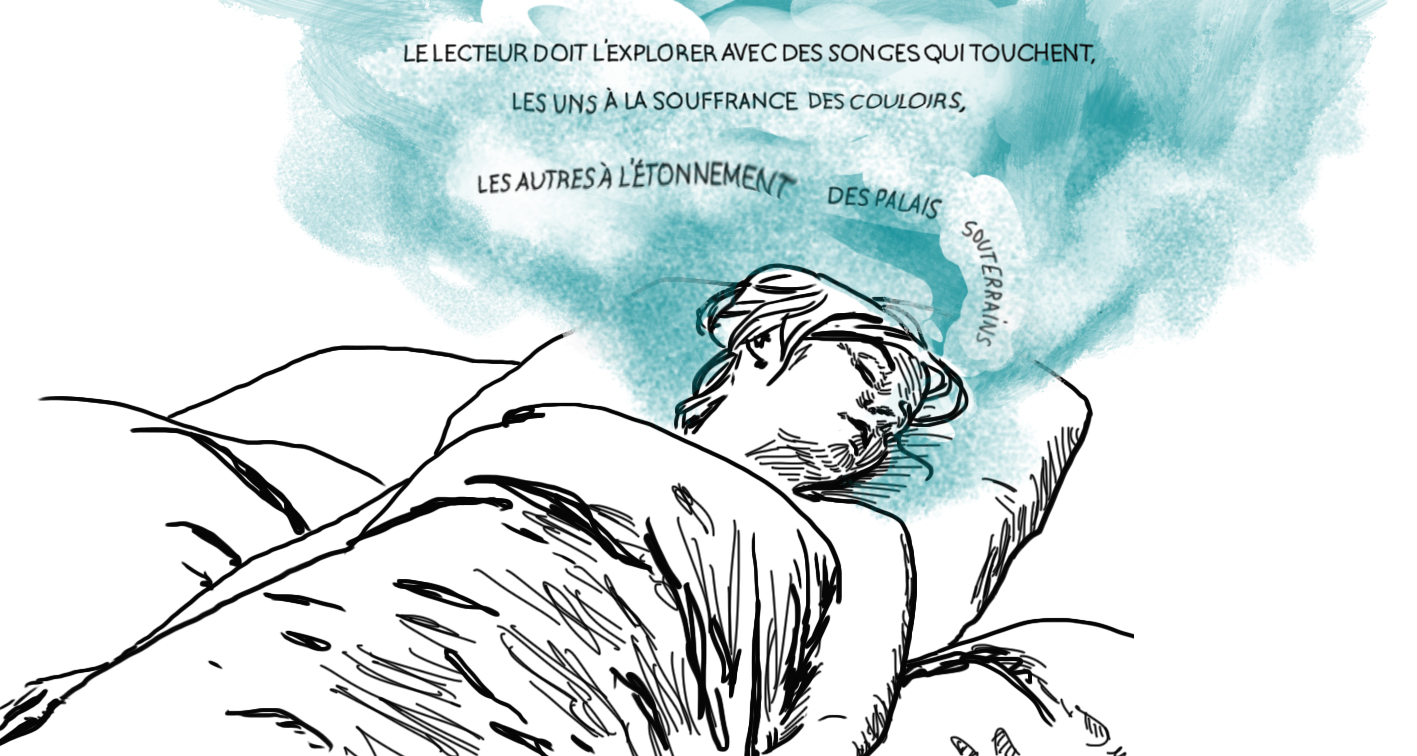
Download the stories or record your own ones!
Take part in our writing workshops!
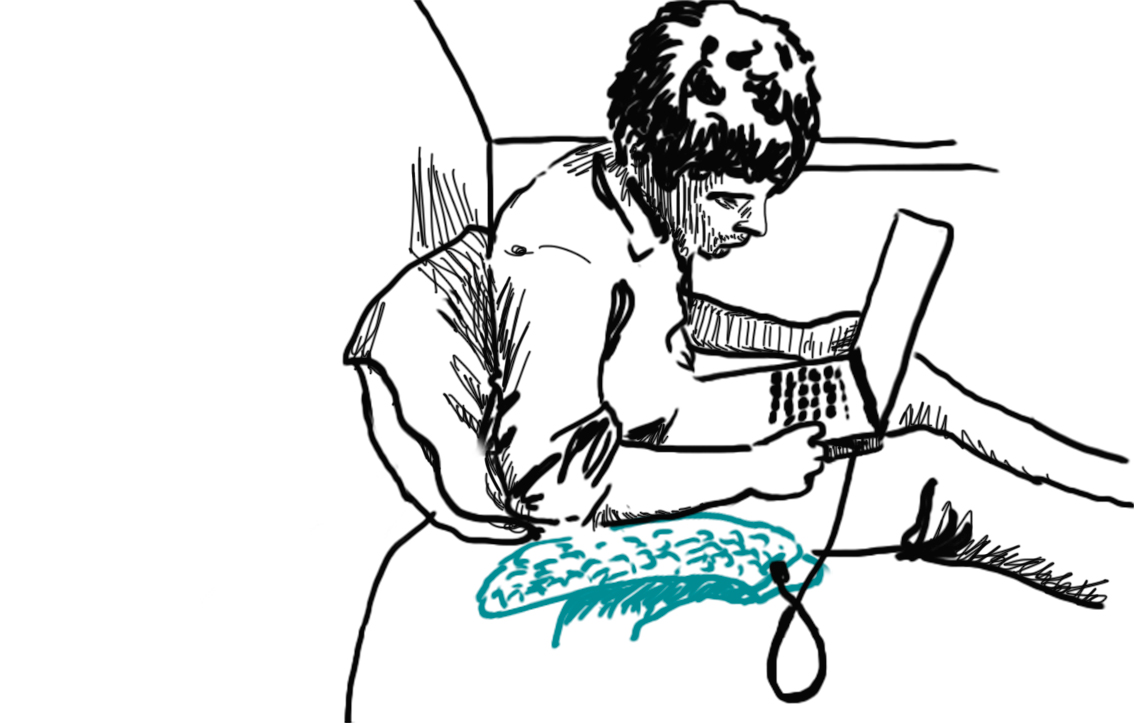
ABOUT
An eventful context
The debate on the threat represented by digital publishing over traditional books is very topical. The publishing industry is upset, readers are expectant, authors are barely listened to. Paper books are usually pitted against digital screens, while the true question lies somewhere else.
Positioning
The postulate of the Pillow Book is that the book certainly is a suitable support for the transmission of stories, but it is not the only one. Orality was for long the means of transmission par excellence. We keep inventing ways to make information and narratives circulate.
The principle
The Pillow Book is a reading object conceived of for a specific moment, that of bedding down. What kind of stories do we tell to somebody who is falling asleep? The Pillow Book privileges the role of authors by submitting to their pen a new domestic support of diffusion.
How does it work?
The sound system, placed between the pillow and its case, delivers a story read by an actor. It is triggered when you lay your head on the pillow and brings you into sleep through a progressive modulation of the voice-melody. A simple pat on the side of the pillow allows you to continue listening to the story until falling asleep.
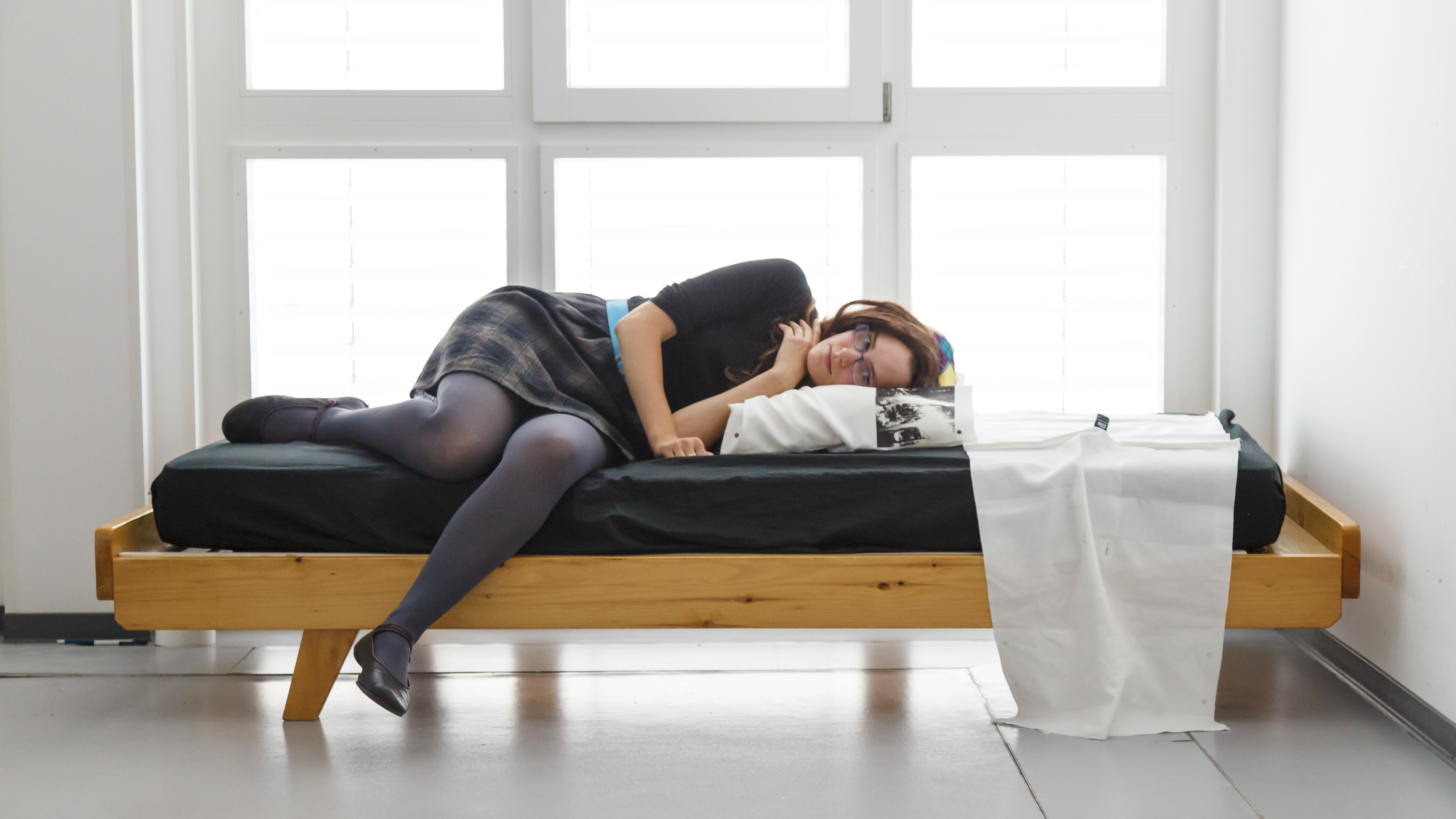
For whom?
The Pillow Book is designed for domestic personal use. Being an 'open' digital object, people can decide to record stories, messages, songs to each other.
It might also be of interest to hotels and hospitals for its soothing qualities.
Furthermore, the Pillow Book is intended as a tool to be used in writing workshops, which will be carried out in libraries, community centres, sound and/or story-telling festivals.
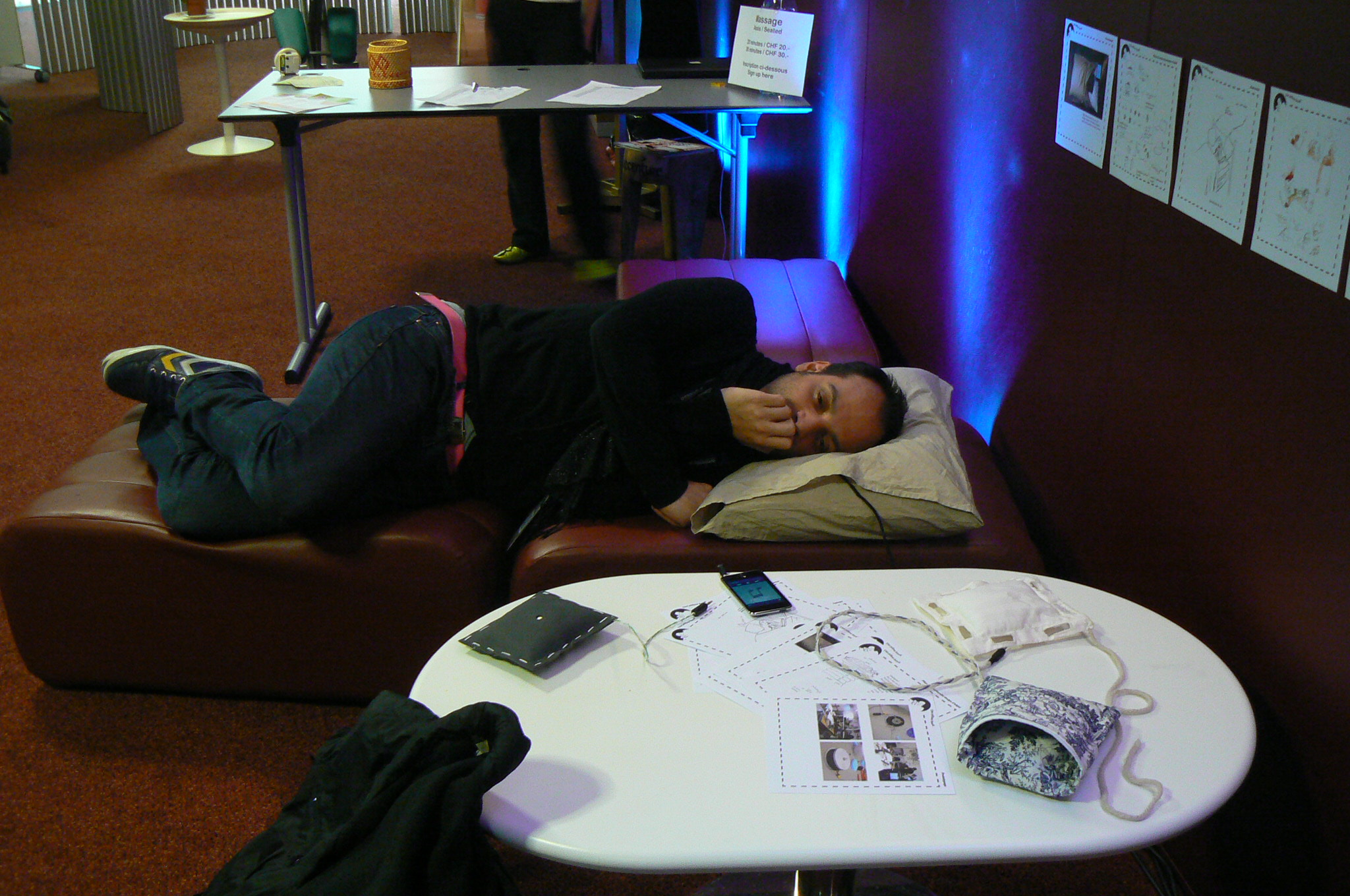
Where can I buy it?
Unfortunately, the Pillow Book is not yet on the market...it exists in two forms: a working technical prototype
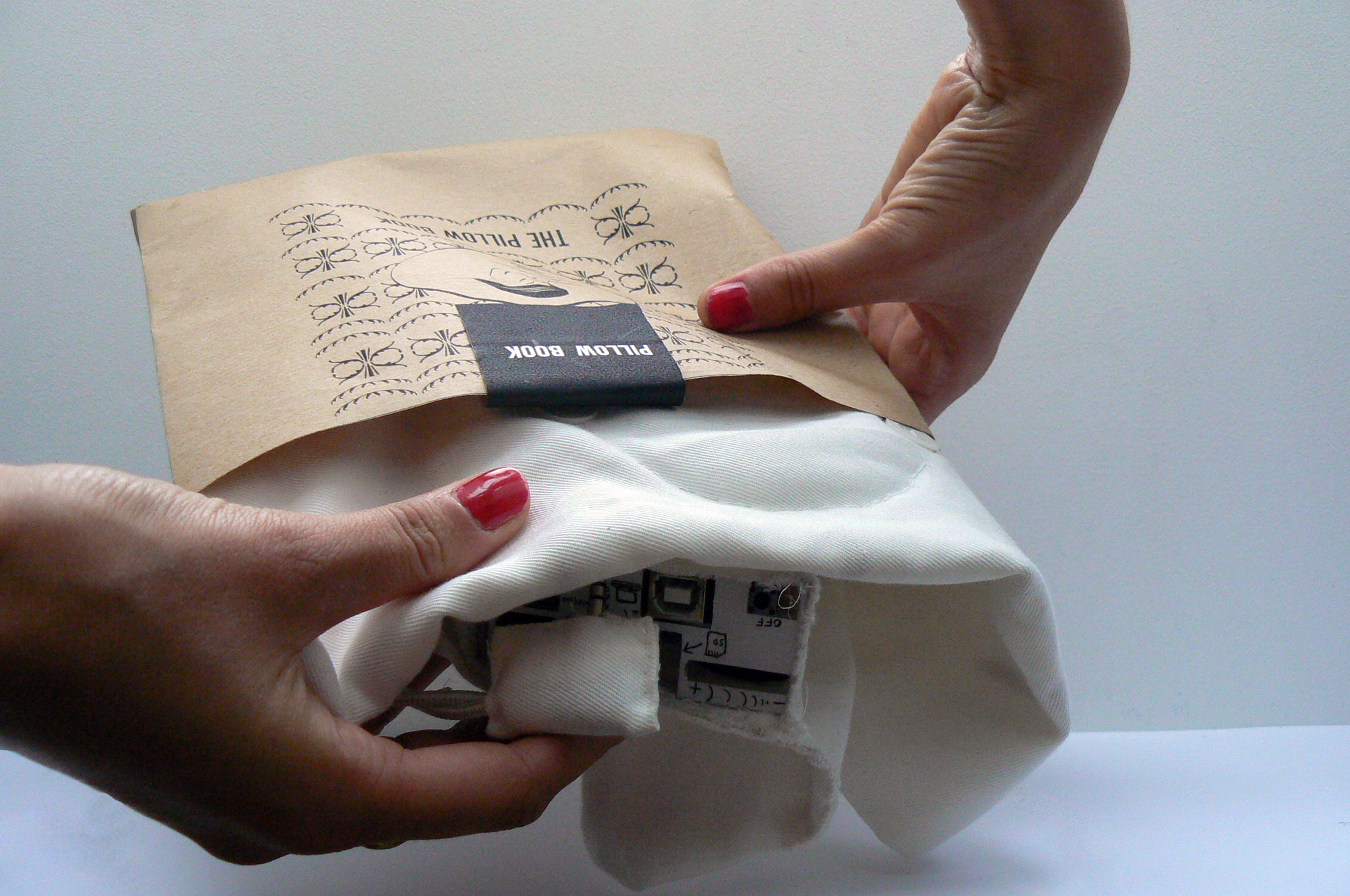
and an aesthetic prototype (which shows the final design).
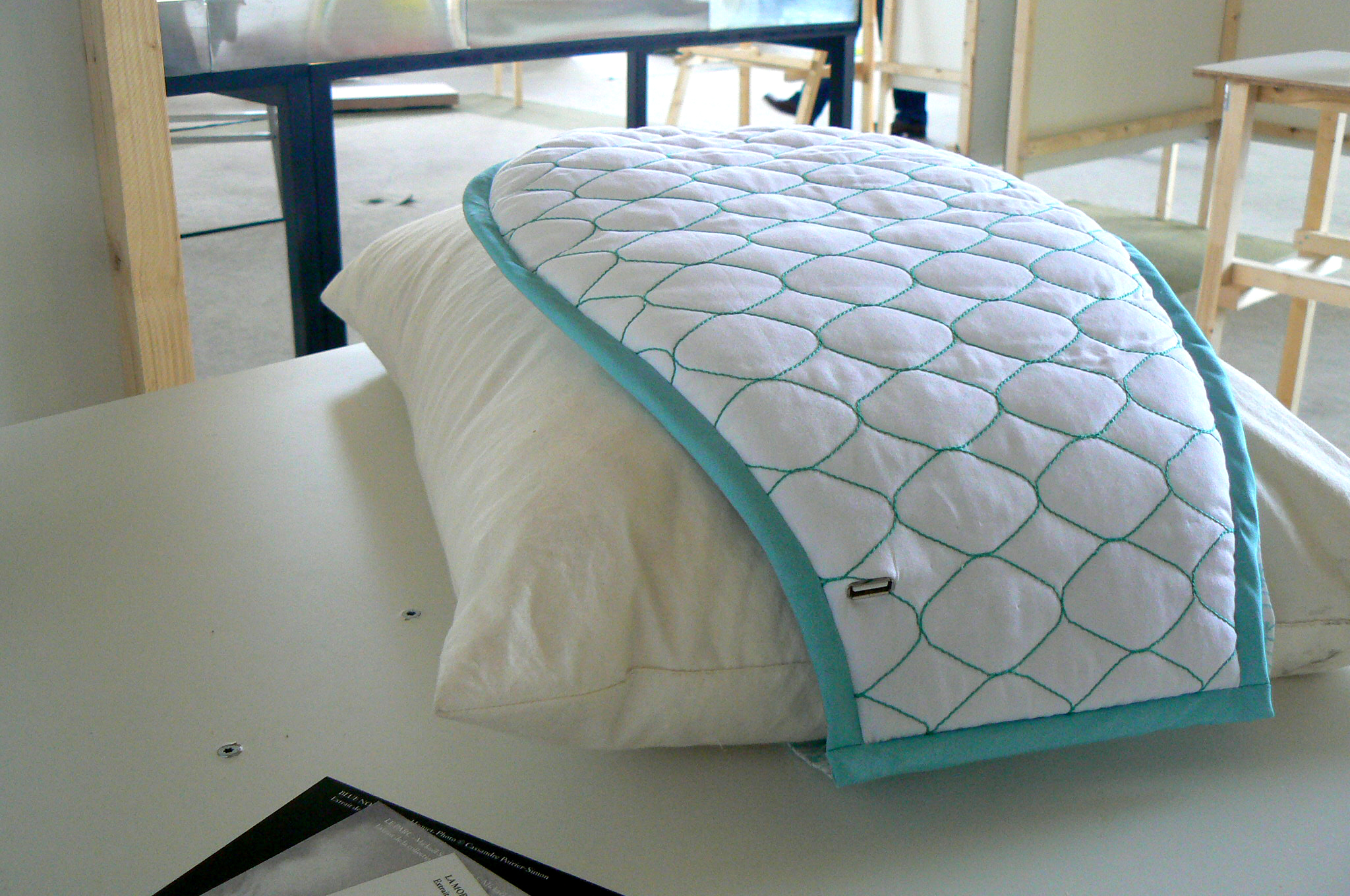
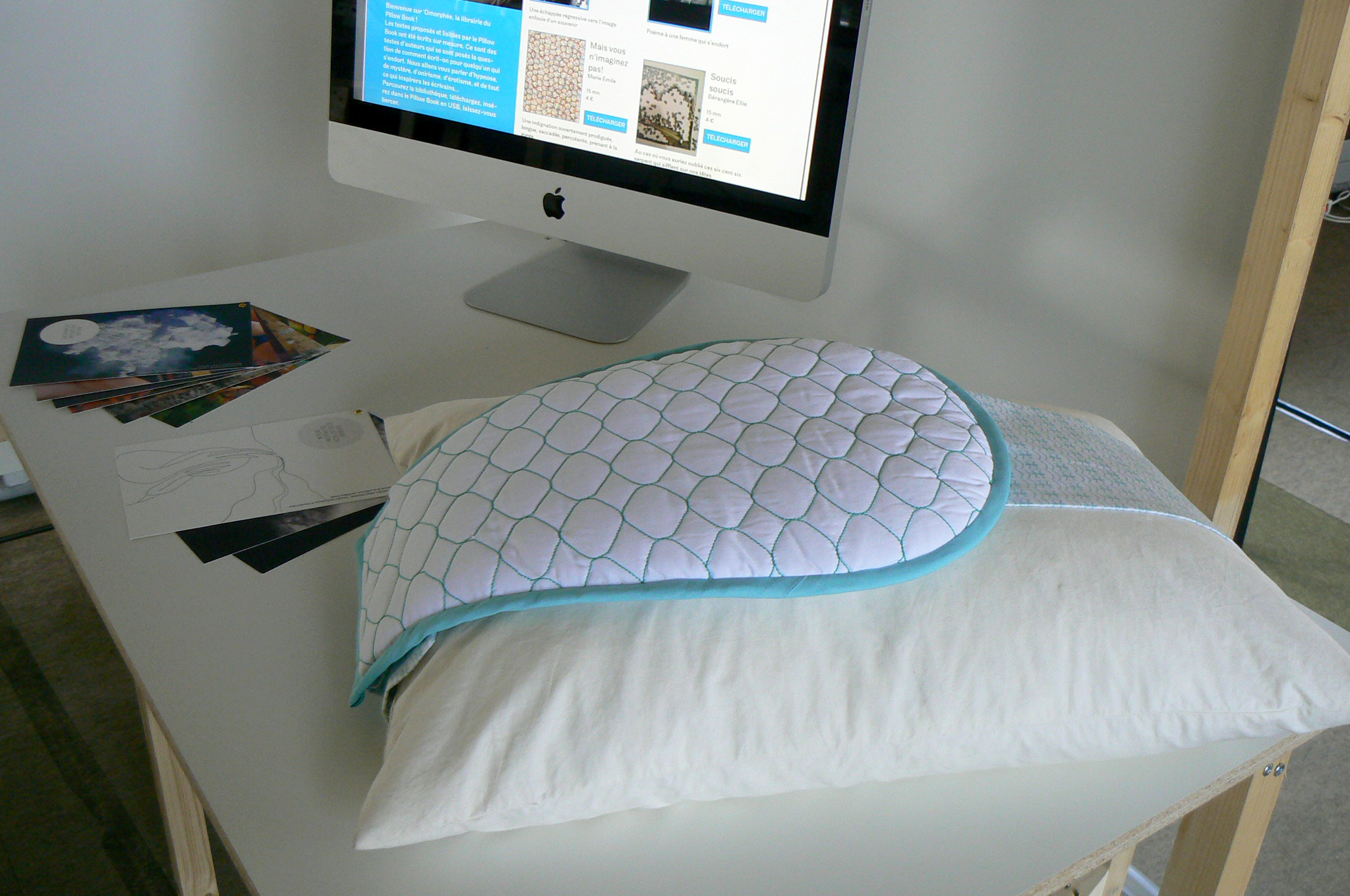
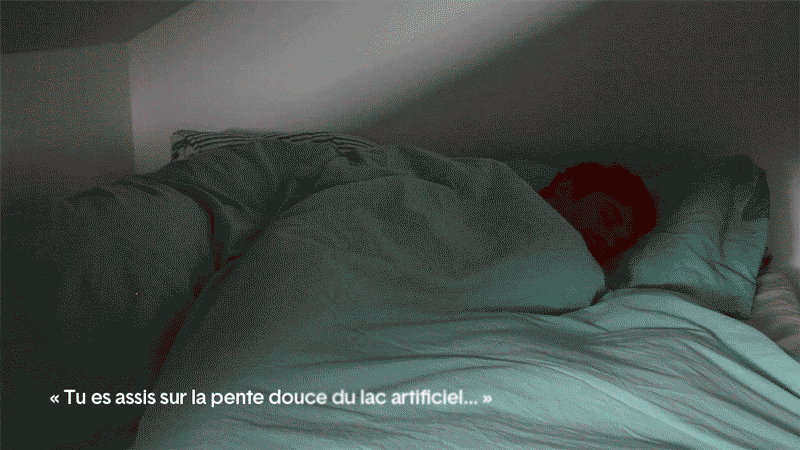
INSTRUCTIONS
1. Download the story from the website;
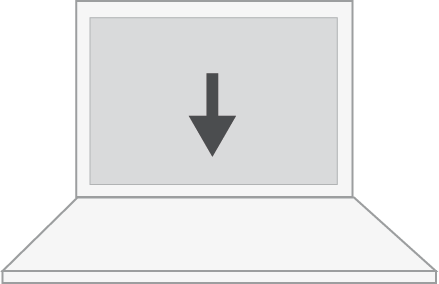
2. Transfer the file to the Pillow Book either by USB stick or SD card;

3. Lay the reader on the Pillow;
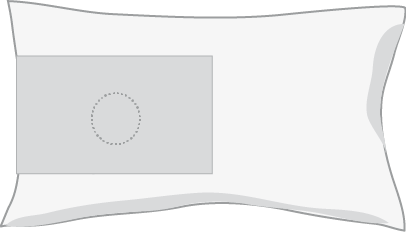
4. Insert the Pillow into the case.
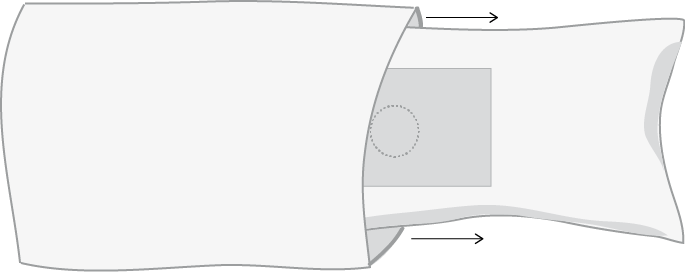
USE
The stories will be available to download on the future website ‘Omorphée, the Pillow Book shop’.
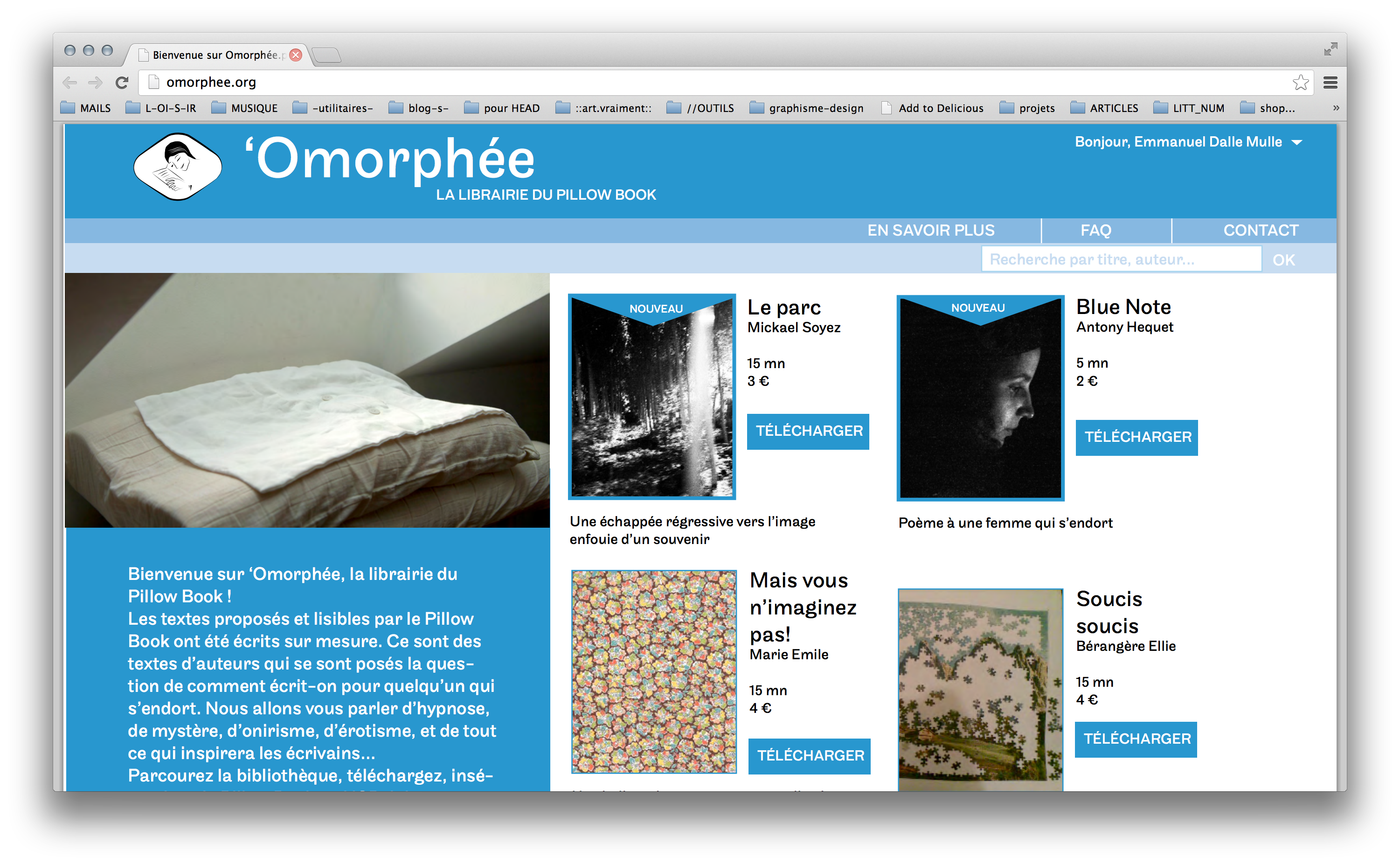
Download the current Pillow Book stories
- Blue note, by Antony Hequet – Le parc, by Mickaël Soyez – La mort des cygnes, by David Calvo
Download the writing workshops
with Jean Giono, James Joyce, Lewis Carroll, Joris Lacoste...
TECHNOLOGY
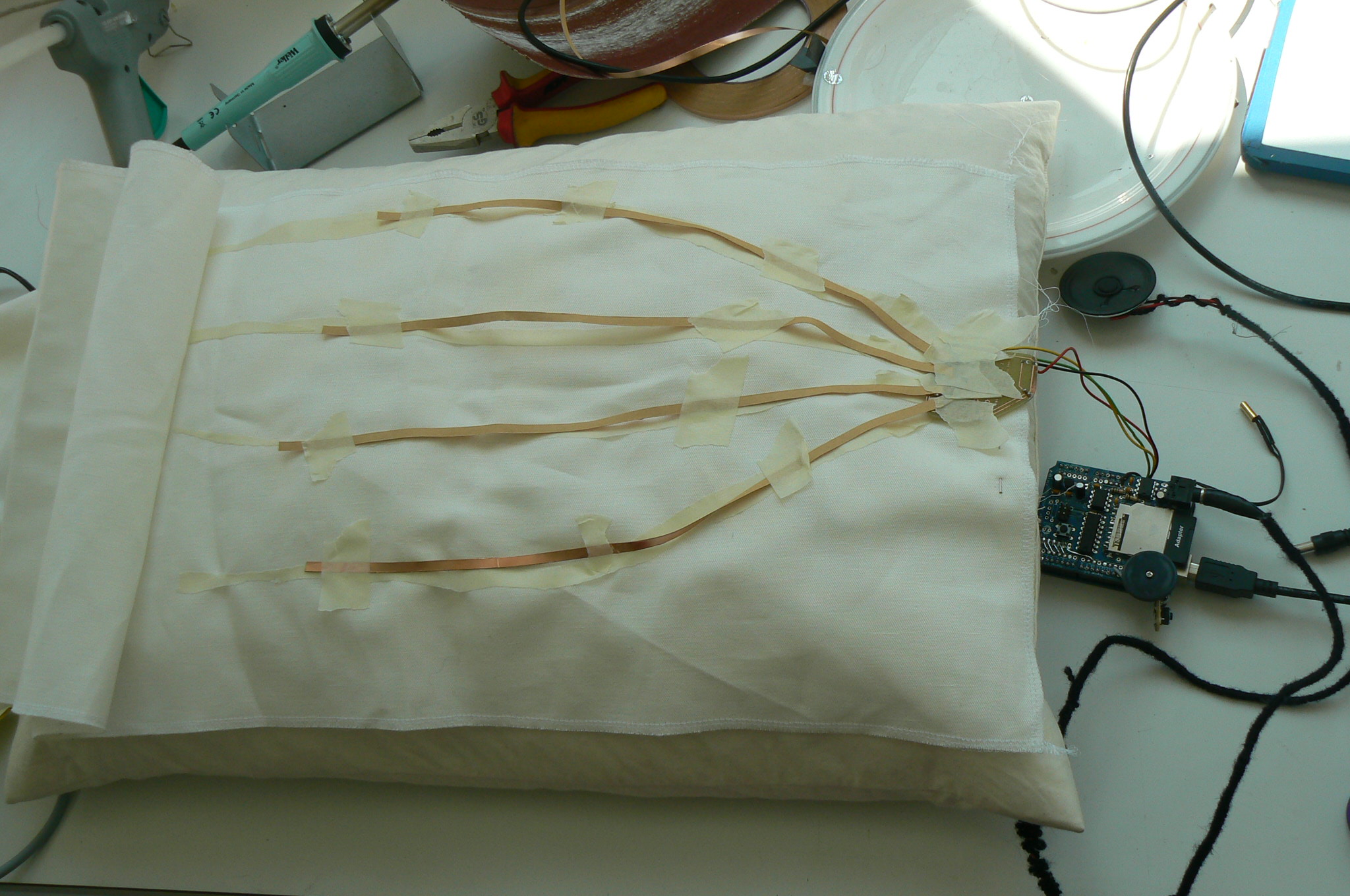
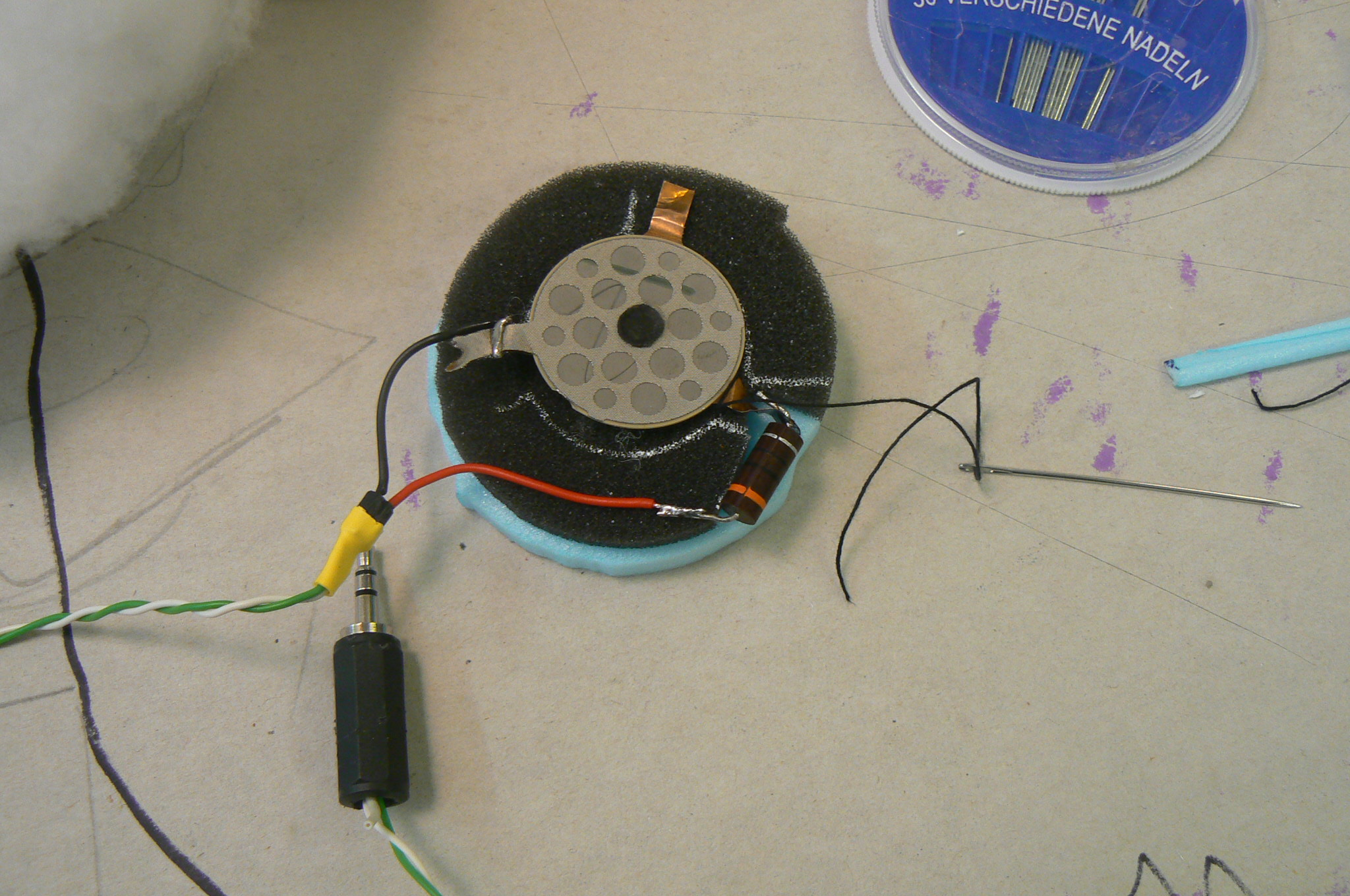
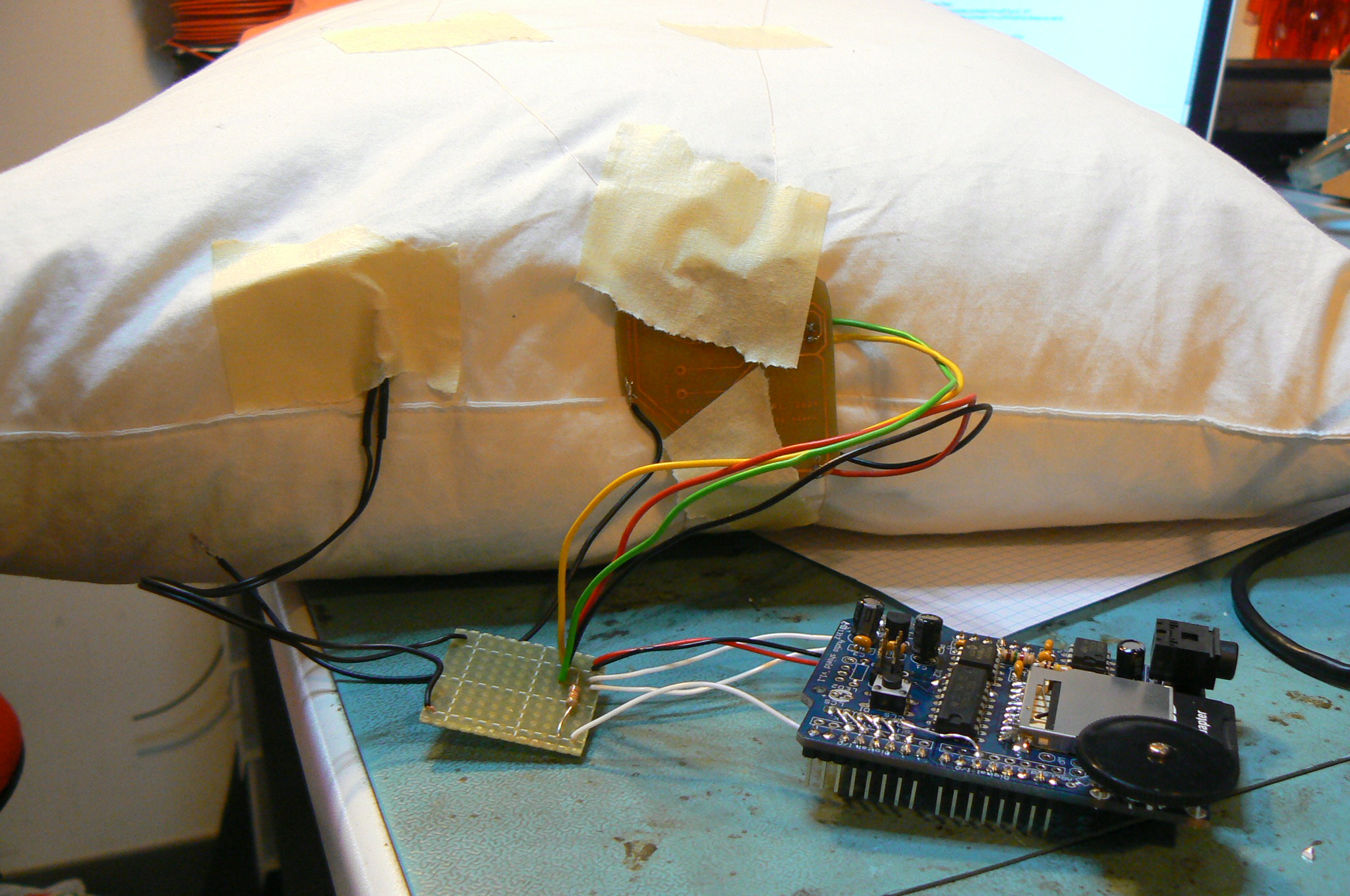
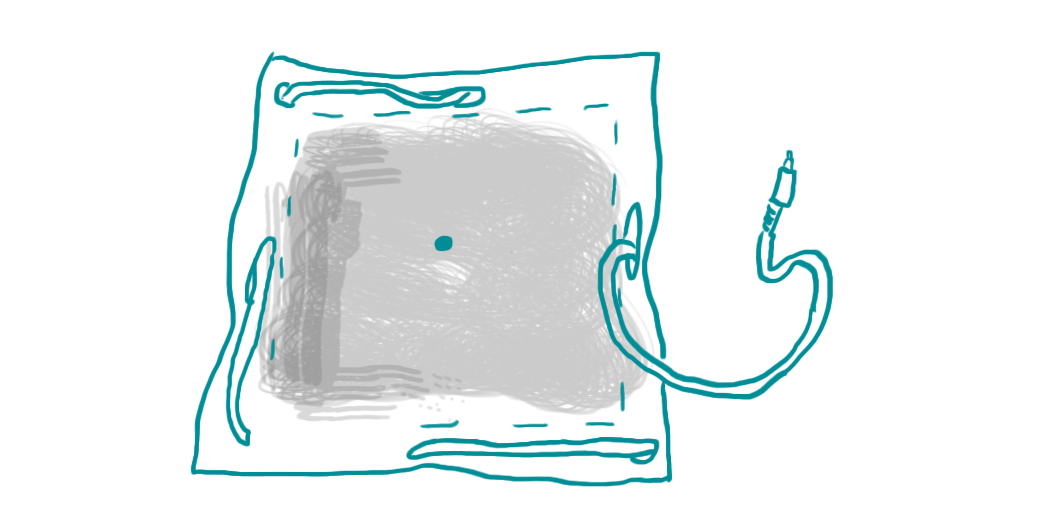
Proto#1
The first prototype contained a transducer (loudspeaker) that carries the sound through the bones. The bad quality of the voice’s frequencies discouraged this solution.
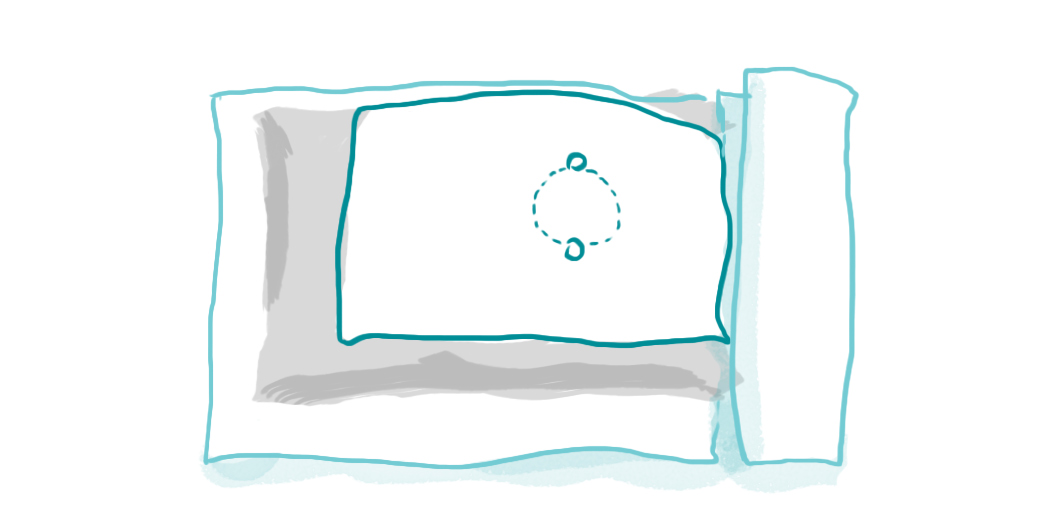
Proto#2
The second prototype of the Pillow Book contained an SD card reader connected to a very thin loudspeaker. A special case, with an embedded SD card, contained the story and could be bought separately.
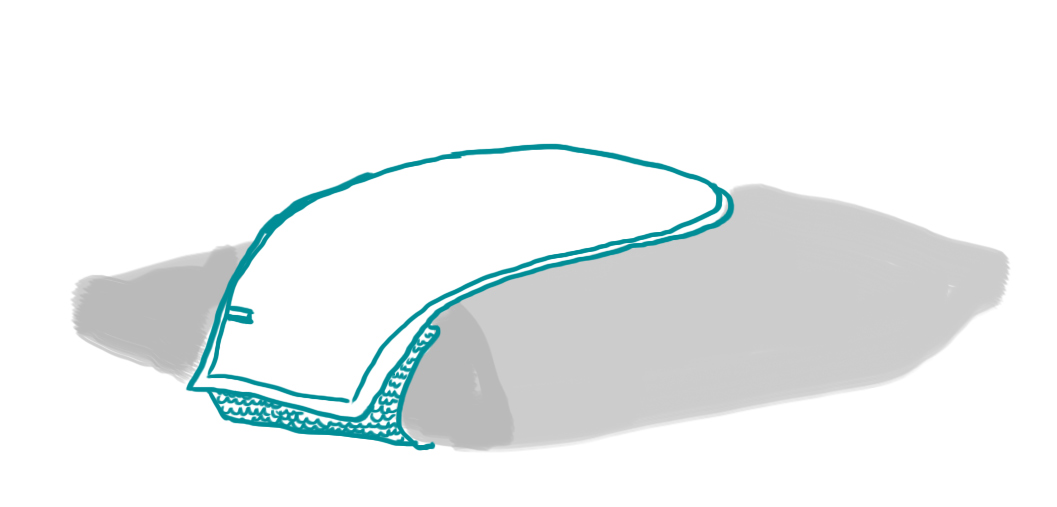
Proto#3
The third prototype works by USB stick, both for charging the battery and for the upload of the stories. It is designed in a single piece and can be fit on all cushions or pillows.

NEWS
Exhibitions
Evolution of the project:
The project, at present in the form of prototype, is currently in need of funding to be able to advance to the next stages. Several phases are foreseen: miniaturisation of the Arduino, research on the real-time treatment of the narrating voice (the fade effect when falling asleep). The Volumiques Editions are willing to diffuse the first prototypes. Several actors are interested in participating in the project.
CONTACT
The people behind the project
The Pillow Book would have never seen the light of day without: Laurent Bolli and Frédéric Kaplan who gave me the ‘laboratoire de nouvelles lectures’ award and helped me realise the first prototype. Etienne Mineur and Camille Scherrer who gave me very useful advice.
Théo Reichel who developed the second prototype. Emmanuel Alexiou, fashion designer, who sewed the third prototype. Antony Hequet, Mickaël Soyez and David Calvo who believed in this project and wrote some texts for the Pillow Book collection.
...and all the other small hands and big souls who helped me for this project: Nadezda Suvorova, Manon Pawlovsky, Emmanuel Dalle Mulle, Jonathan Bésuchet, Martino d’Esposito, Camille de Dieu, Sarah Boxler, Clovis Duran, Fabien Duperrex, Lynn Pook and Julien Clauss, Norbert Schnell, Jean-Jacques Birgé.
The art direction
Cassandre Poirier-Simon
Born in 1987, she is currently living between Paris and Geneva. During her baccalaureate in cinema, her bachelor in Arts, then her Master in Media Design, Cassandre Poirier-Simon specialised in hybrid systems’ narration of all kinds of stories, between tangible and digital, at the crossroads of different narrative media (theater, comic, music, cinema, video game, novel, etc). She exhibited digital stories at the Labo de l’Edition and at the BNF, in the context of conferences about digital literature. She conceived the interactive and narrative installation «Wrist Watch» for Tissot, exhibited on their stand at Baselworld 2012. As an interaction designer, she is currently in charge of several projects on digital publishing. She also works on the app Sequencity where users can read and be recommended comics by real booksellers. At the same time, she is a Visual communication’s assistant at the HEAD – Geneva.
Cassandre Poirier-Simon / www.leschemins.net / @pyrussandre / cassandrepoirier@yahoo.fr
Photos : photo studio : ©Raphaëlle Müller / Pillow Book Stories : ©Mickaël Soyez / Portrait Cassandre : ©Jérémie Lasnier